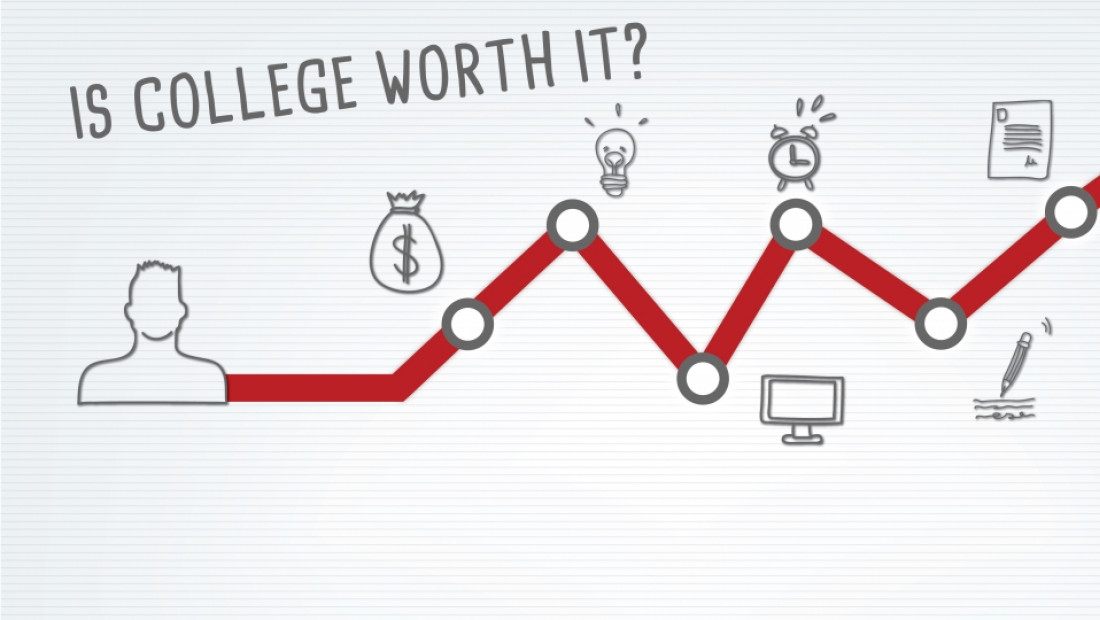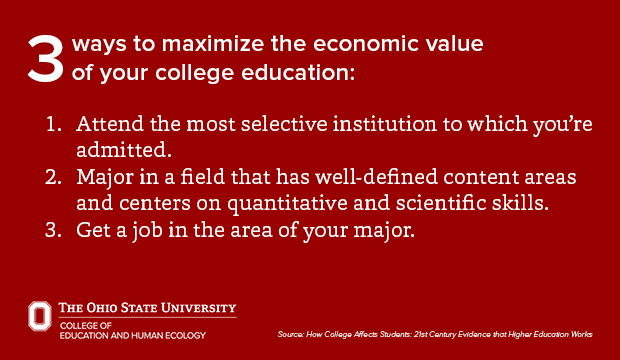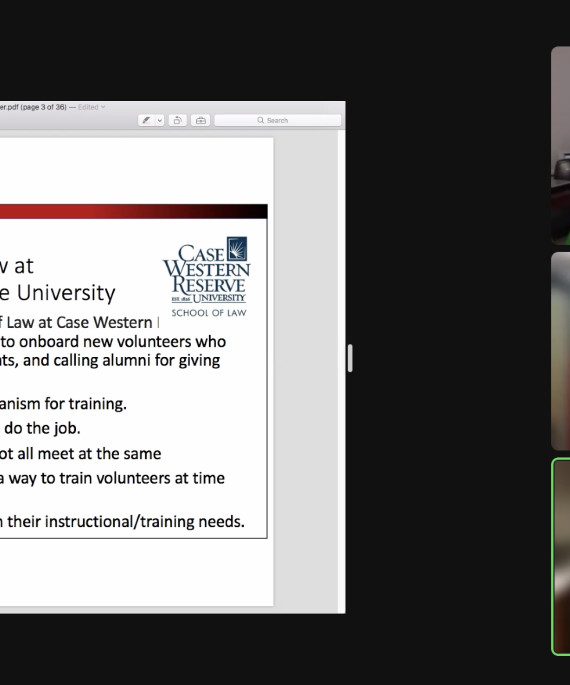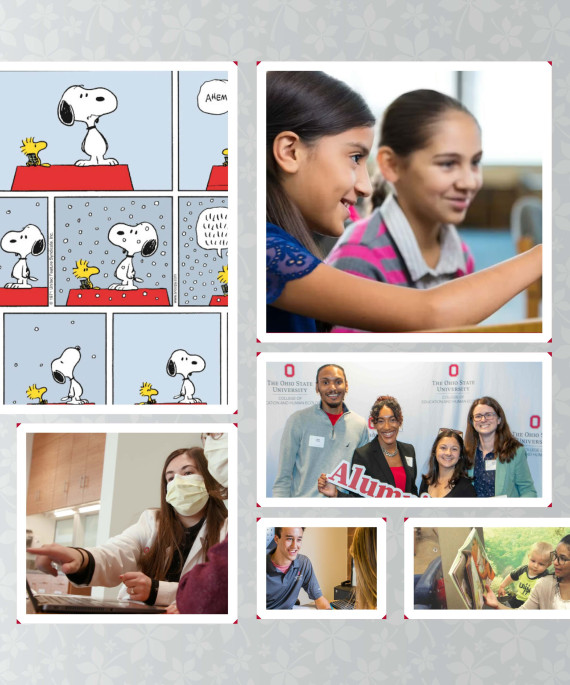
A four-year college education provided Americans with a 12 to 14 percent private rate of return on their investment during the 2000s, a new analysis shows.
The return may actually be as high as 15 to 20 percent when you take into account factors like the value of a degree, investment risk and uncertainty.
That’s higher than the 10 percent return estimated in the 1980s and 12 percent in the 1990s.

The private rate of return is the economic benefits of education, such as income, after taking into account the direct and indirect costs of college, including tuition, books and loss of income while in school.
These results show that, despite the valid concerns about the growing costs of a college education, higher education is still worth it, said Matthew Mayhew, professor of educational studies at The Ohio State University.
“I don’t know anyone who wouldn’t take a 12 to 20 percent return on an investment these days,” Mayhew said. “Ultimately, college is worth the money you put into it.”
College just as valuable today
Mayhew is co-author of the book How College Affects Students: 21st Century Evidence that Higher Education Works (Jossey-Bass, September 2016). This third volume of the book uses data from 2000 to 2013 to update results from the earlier two volumes, which were published in 1991 and 2005.
The authors synthesized 1,848 peer-reviewed articles to reach their conclusions about how the college experience affected students in the first decade of the century.
The estimates on private rate of return came from an analysis of 17 studies in particular that examined the impact of college on employment outcomes, earnings and economic rate of return.
Mayhew said he was not surprised to find that the economic value of college is as valuable now as it was in previous decades, if not more so.
“College has been under fire recently, but the criticisms are overblown,” he said.
“Higher education is definitely becoming more expensive and we need to address that issue and find ways to lessen the burden on families and students. But we found that most students who graduate with a baccalaureate degree more than make up for the money they spend on college, at least during at the times the studies were conducted.”
The rate of return is perhaps the best single measure of the economic value of college education for individuals, Mayhew said, because it figures in both the benefits and the costs.

'The bachelor's degree has replaced the high school diploma'
All the studies the authors reviewed suggested the benefits far outweighed the costs.
Some higher education is better than none, even for those who don’t graduate, the analysis showed. But those who do complete a degree benefit from a bonus, called the credentialing effect, if their employers reward them for finishing their schooling. The rate of return for graduates could go as high as 15 to 20 percent, according to some of the studies the authors analyzed.
One reason that the rate of return appears to be higher now than in the past may be that researchers are getting better at measuring more ways that a college education can help students make economic gains after college, Mayhew said.
Health care, retirement benefits and stock options are some of the ways that a college education can improve a person’s bottom line, but those measures weren’t always captured by earlier studies.
Still, Mayhew said he believes that college education did become more valuable in the last 10 years as more jobs relied on technological knowledge and quantitative reasoning skills.
“The bachelor’s degree has replaced the high school diploma as the basic requirement for many jobs,” he said.
Higher ed = Higher earnings
Rate of return isn’t the only way to measure the economic impact of college. Other studies analyzed by the authors provided evidence of the extent to which higher education boosts earnings.
Studies in the 2000s showed that, for the first few years following college, earnings increased by approximately 4.8 percent for each year of college education attained, and those increases grew to 7 to 9 percent decades later.
That compares to the roughly 5 percent earnings benefit per year found in the 1990s studies.
“The earnings effect of each additional year of higher education is holding steady or possibly increasing slightly,” Mayhew said.
The results don’t mean that parents, students and taxpayers are wrong to be concerned about the growing costs of college.
“We need to innovate on ways to keep costs down and to make higher education more affordable for the middle-class and the economically disadvantaged,” he said.
“But we shouldn’t lose sight of the fact that higher education still works. It still provides value that goes far above its costs. And not only economically – we found that a college education provides lifelong benefits in terms of health, well-being, quality of life and many other factors.”
Mayhew’s co-authors are Alyssa N. Rockenbach, professor of higher education at North Carolina State University; Nicholas A. Bowman, associate professor of higher education and student affairs at the University of Iowa; Tricia A. Seifert, associate professor of adult and higher education at Montana State University; and Gregory C. Wolniak, associate professor of higher education at New York University. They wrote the book with Ernest T. Pascarella, professor of higher education at the University of Iowa, and Patrick T. Terenzini, professor emeritus in the Center for the Study of Higher Education at Pennsylvania State University.




